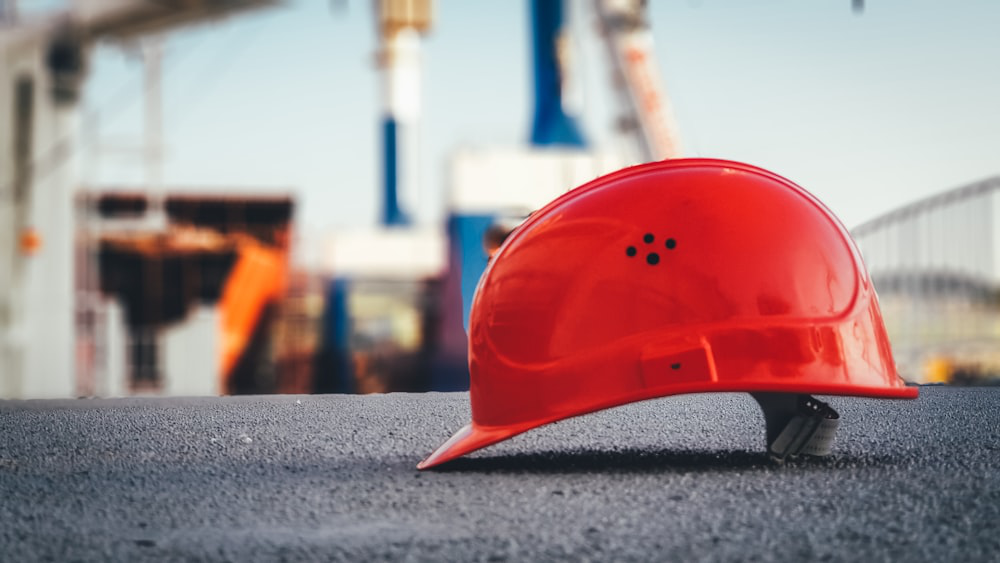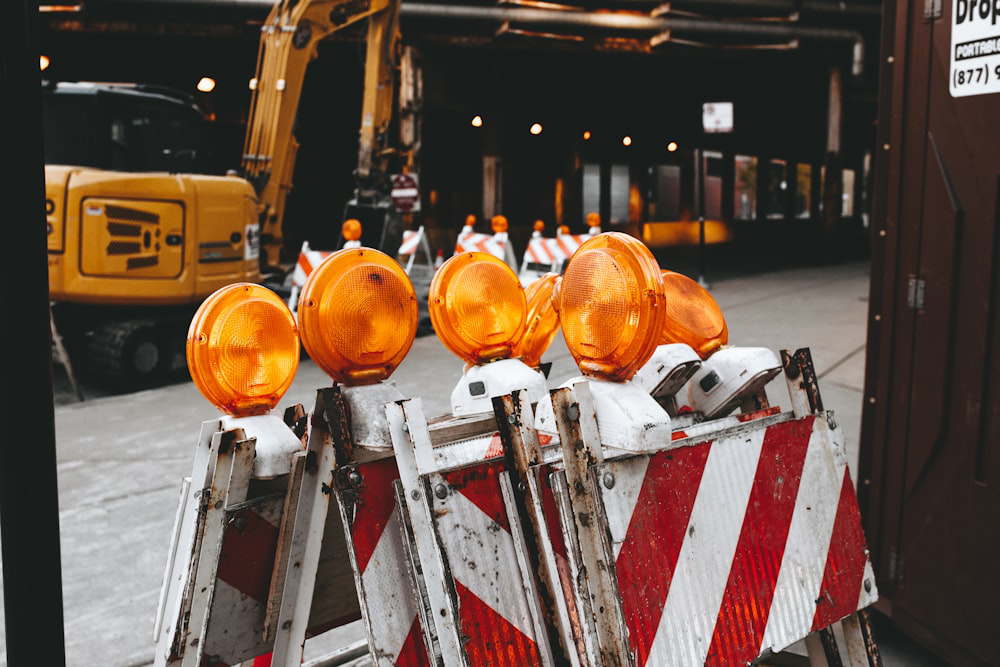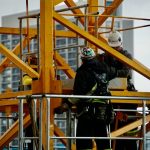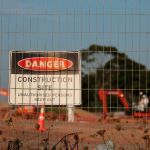The construction industry thrives on collaboration and efficiency. Yet, ensuring everyone goes home safely at the end of the day remains paramount. This is where a robust safety culture in construction, as outlined in DOB Chapter 33, plays a critical role.
Moving beyond mere adherence to regulations, safety culture emphasizes building trust, ownership, and accountability amongst all project stakeholders.
Chapter 33: The Foundation for Safety
New York City’s Department of Buildings (DOB) Chapter 33, also known as “Safeguards During Construction or Demolition,” establishes the baseline safety requirements for construction projects within the city. This comprehensive document outlines specific safety measures for various construction activities like scaffold erection, fall protection, excavation, and hoisting.
However, achieving true safety excellence necessitates a more proactive approach, one that transcends compliance and fosters a culture where safety becomes an ingrained value, not just a checklist item.
Building Trust: The Cornerstone of Safety Culture in Construction
Safety culture prioritizes building trust between all project stakeholders. This includes:
- Owners: Owners play a crucial role in setting the safety tone for a project. By allocating appropriate resources for safety training, equipment, and risk mitigation measures, owners demonstrate their commitment to a safe work environment.
- Contractors: General contractors are the primary ones responsible for implementing safety protocols on site. Effective communication with subcontractors, clear safety procedures, and regular safety inspections are essential for creating a culture of safety ownership.
- Subcontractors: Subcontractors must actively participate in safety programs and ensure their workforce understands and adheres to safety protocols.
- Workers: Workers are the backbone of the construction industry. Their active participation in safety training, open communication of safety concerns, and commitment to following safe work practices are vital for preventing accidents.
Fostering Accountability: A Shared Responsibility
Building trust extends to fostering a culture of accountability:
- Holding Everyone Accountable: Everyone on site, from executives to workers, should be held accountable for safety. Safety violations must be addressed promptly and fairly, with a focus on corrective action rather than punitive measures.
- Empowering Workers: Empowering workers to speak up about safety concerns without fear of retribution is crucial. Open communication channels help identify and address potential hazards before accidents occur.
- Incentivizing Safety: Positive reinforcement goes a long way. Consider safety incentive programs that reward individuals or crews consistently demonstrating safe work practices.
Communication: The Bridge to Safety Success
Effective communication is the bridge to a successful safety culture. Regular safety meetings, toolbox talks, and safety briefings should address site-specific risks and ensure everyone is aware of any changes in procedures.
Furthermore, clear communication protocols should be established to facilitate the reporting of safety concerns. This allows for timely intervention and prevents minor issues from escalating into major incidents.
Building Safety Culture 2.0: An Ongoing Journey
Building a safety culture is an ongoing process, not a destination. Regular evaluations to identify areas for improvement are vital. By prioritizing trust, accountability, open communication, and continuous improvement, project stakeholders can create a construction environment where safety is not just a priority but a shared value. This collaborative approach will not only protect workers but also contribute to project success and a more positive image for the construction industry as a whole.
Are you facing safety challenges during construction in NYC? Worksite safety is your answer! Partner with RC Safety Inc. – the trusted site safety consultants in NYC. As site safety professionals, we ensure a safe and secure build.
Browse our past projects to get an idea. Contact us today!






